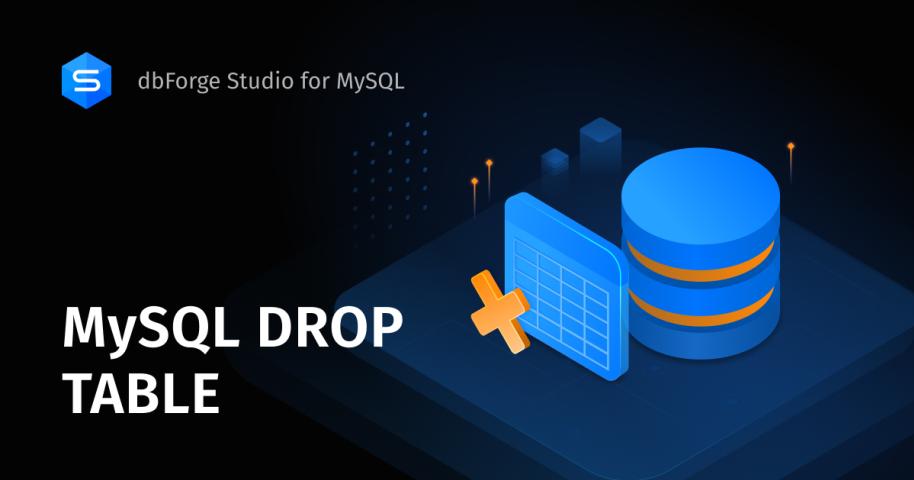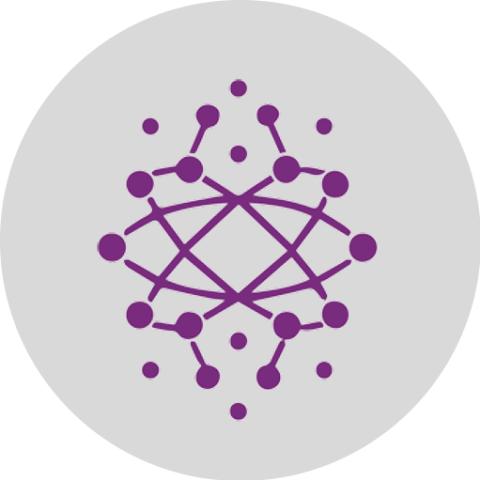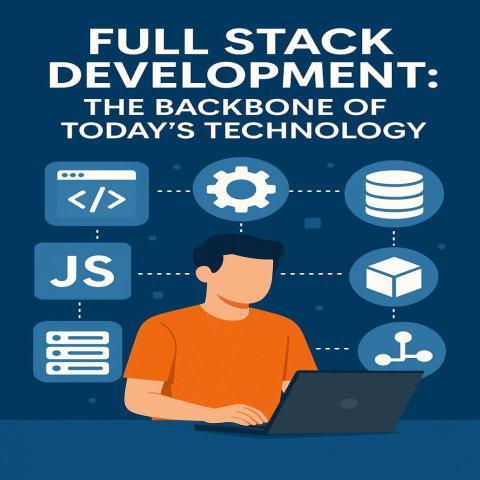Introduction:
In today's fast-paced tech landscape, organizations demand agility, clarity, and precision in delivering customer-centric products. One key role in ensuring this success is the Scrum Product Owner. Acting as the customer's voice and the product backlog's strategist, the Product Owner is not just a participant in the Scrum process, but its driving force.
If you're considering Certified Scrum Product Owner (CSPO) training or simply exploring the product owner certification path, understanding what every CSPO must know is the first step to career growth and Agile excellence.
Let’s break down the key responsibilities, skills, certifications, and tools a CSPO needs to master.
Understanding the Role: Who is a Scrum Product Owner?
The Scrum Product Owner is a pivotal figure within the Scrum framework, responsible for:
Defining product goals
Prioritizing the product backlog
Maximizing product value
Collaborating with stakeholders and the Scrum team
A CSPO bridges the gap between business strategy and Agile delivery. Unlike developers who focus on “how” to build, the Product Owner focuses on “what” to build and “why” it matters.
Key Responsibilities:
Creating and maintaining the product backlog
Writing user stories with clear acceptance criteria
Ensuring the team builds what customers need
Making trade-off decisions based on business value
Attending Sprint Planning, Review, and Refinement sessions
Certified Scrum Product Owner Training (CSPO): Why It Matters
The CSPO certification from Scrum Alliance is globally recognized and offers professionals an in-depth understanding of Agile principles, Scrum roles, and product ownership responsibilities.
Benefits of CSPO Training:
Establishes credibility with employers and teams
Enhances decision-making with Agile frameworks
Opens up career paths in product management and Agile leadership
Offers hands-on knowledge through real-world Scrum simulations
According to industry surveys, over 70% of CSPO-certified professionals report improved team collaboration and faster product delivery.
Must-Have Skills Every Product Owner Should Master
A great Scrum Product Owner is a blend of strategist, communicator, and visionary. Here are essential skills to develop during and after CSPO training:
a. Product Vision and Strategy
Aligning the product roadmap with business objectives
Communicating the product vision to stakeholders and teams
b. Backlog Management
Prioritizing features based on ROI
Refining the backlog continuously based on user feedback and sprint reviews
c. Stakeholder Communication
Navigating conflicting interests
Presenting clear updates to executives, clients, and users
d. Technical Awareness
Understanding basic system architecture
Collaborating with development teams on feasible solutions
e. Data-Driven Decision Making
Using metrics like velocity, cycle time, and customer satisfaction to guide product evolution
Common Challenges Product Owners Face – and How to Overcome Them
Even certified Product Owners encounter difficulties, especially in scaling agile or dealing with ambiguity. Here’s how to tackle some of the common hurdles:
Challenge | Solution |
Conflicting stakeholder priorities | Use a prioritization matrix to weigh ROI and customer impact |
Ambiguous requirements | Invest time in backlog grooming and stakeholder interviews |
Constant scope changes | Embrace Agile change management and maintain a prioritized backlog |
Poor collaboration with the Scrum team | Be present in daily stand-ups, sprint planning, and retrospectives |
The Product Backlog: Your Strategic Asset
A Product Owner's most valuable tool is the product backlog. It isn't just a to-do list—it's a strategic roadmap that reflects customer needs, market trends, and technical insights.
Best Practices for Managing a Product Backlog:
Keep it transparent and visible to all stakeholders
Use INVEST criteria (Independent, Negotiable, Valuable, Estimable, Small, Testable) for user stories
Reprioritize frequently to reflect changing market or customer feedback
Involve team members in backlog refinement to ensure technical clarity
Collaboration with the Scrum Team
While the Scrum Master handles process facilitation, the Product Owner leads the “what and why.” Building a strong relationship with the development team is crucial.
Tips for Effective Collaboration:
Attend all Scrum ceremonies (Sprint Planning, Review, Retrospective)
Be open to feedback from developers
Clarify stories before the sprint starts
Trust the team to determine how to implement features
Remember, a collaborative environment reduces misunderstandings and leads to high-quality product outcomes.
Agile Metrics Every Product Owner Should Track
Monitoring product progress helps the Product Owner make informed decisions. Key metrics include:
Sprint Velocity: Average story points completed per sprint
Burn-Down Chart: Tracks remaining work in a sprint
Customer Satisfaction Score (CSAT): Measures user experience
Feature Usage Index: Gauges real-world adoption of released features
Escaped Defects: Identifies quality issues post-release
These metrics serve as a performance compass and guide backlog reprioritization.
CSPO vs CSM: What’s the Difference?
Many professionals ask: “Should I get a CSM or CSPO certification?”
CSPO (Certified Scrum Product Owner):
Focuses on product value delivery
Covers backlog management, product vision, and stakeholder collaboration
CSM (Certified ScrumMaster):
Emphasizes Scrum team facilitation
Teaches how to remove impediments, protect the team, and coach Agile principles
If you're aiming to lead products and shape business outcomes, CSPO training is the best fit.
How Much Does CSPO Certification Cost?
The CSPO cost typically ranges between $500 to $1,500, depending on:
The trainer's expertise
Course duration and format (online/in-person)
Inclusion of additional resources like mock tests or career coaching
At H2K Infosys, we offer affordable CSPO training with hands-on exercises, expert guidance, and post-certification support—all at a competitive price.
Who Should Pursue CSPO Certification?
Anyone involved in product development or decision-making can benefit:
Product Managers and Business Analysts
Project Managers transitioning to Agile
Entrepreneurs and Startup Founders
UX Designers working in Agile teams
Aspiring Agile professionals and career switchers
Whether you’re starting your journey or transitioning roles, a CSPO certification can significantly boost your confidence and career trajectory.
Real-World Applications: CSPO in Action
Here’s a quick snapshot of how companies apply CSPO-trained Product Owners in real settings:
Case Study: FinTech Startup
Challenge: Constantly shifting regulatory requirements Product Owner Role: Reprioritized backlog weekly, coordinated with compliance officers Outcome: Reduced release cycles by 40% and improved customer satisfaction
Case Study: SaaS Product
Challenge: Poor feature adoption after releases. Product Owner Role: Introduced feature toggling and A/B testing based on feedback. Outcome: Feature adoption rate increased by 60% within two quarters
These real-world examples show how CSPO-trained professionals can turn challenges into product wins.
How H2K Infosys Equips You for Success
At H2K Infosys, we offer certified Scrum Product Owner training designed to:
Align with industry needs
Provide hands-on tools like JIRA, Confluence, and Agile boards
Prepare learners for a CSPO exam
Offer CSPO cost-effective training packages with career guidance
Our training isn’t just about theory, it’s about application. We simulate real-world scenarios so learners walk away with practical, job-ready skills.
Conclusion:
Becoming a successful Scrum Product Owner is more than just earning a certificate it's about owning the product journey from vision to delivery. Whether you're eyeing a career shift or aiming to improve your Agile skills, CSPO training provides the foundation for long-term success.
Ready to take the next step?
Enroll in H2K Infosys’ Professional Scrum Master or Product Owner Certification courses today and transform your Agile career with real-world skills and placement-ready knowledge.












